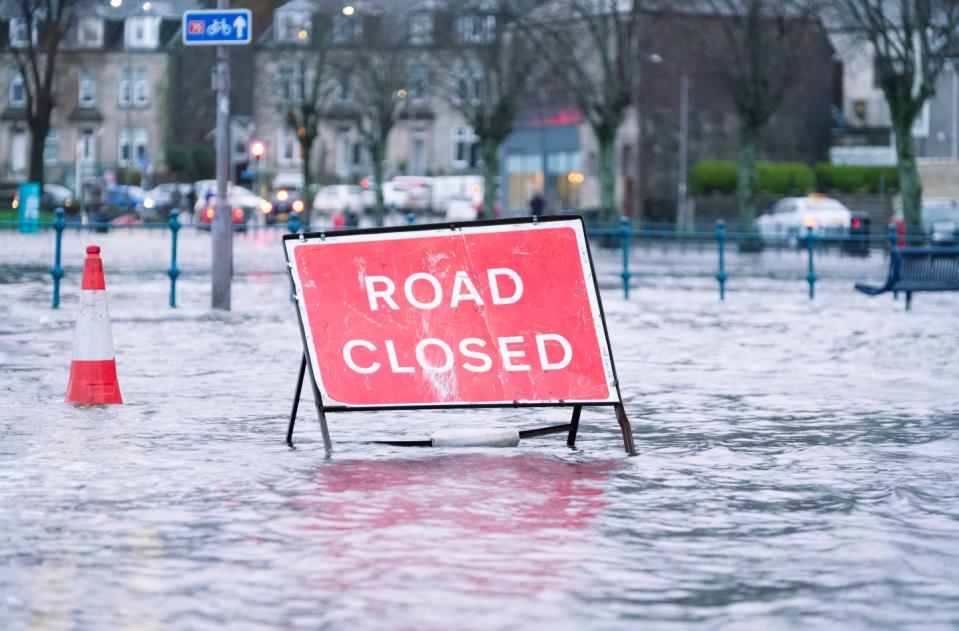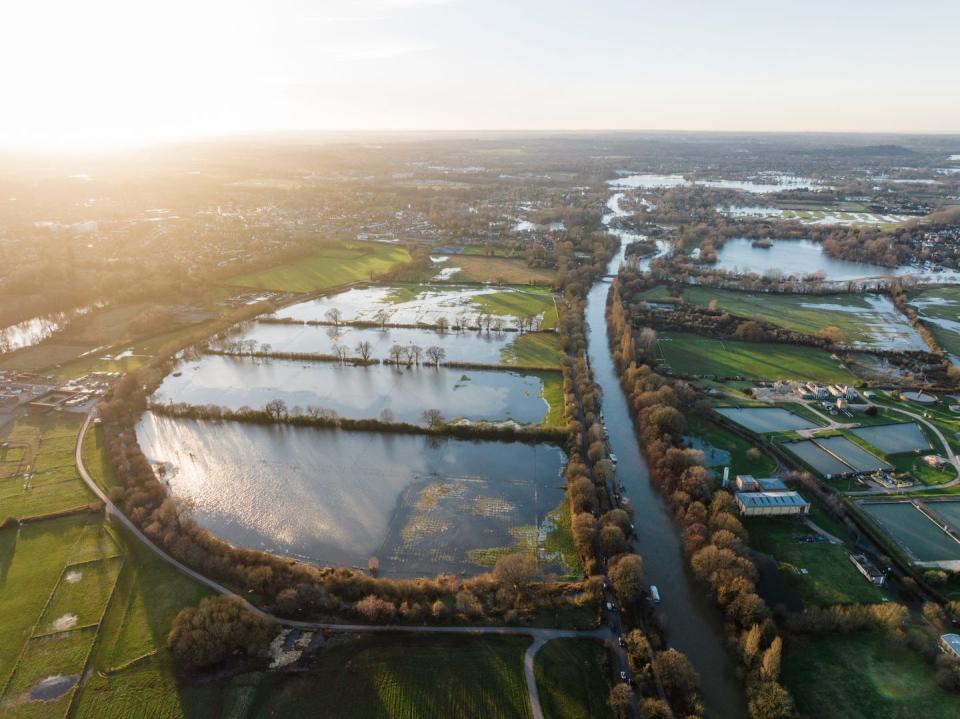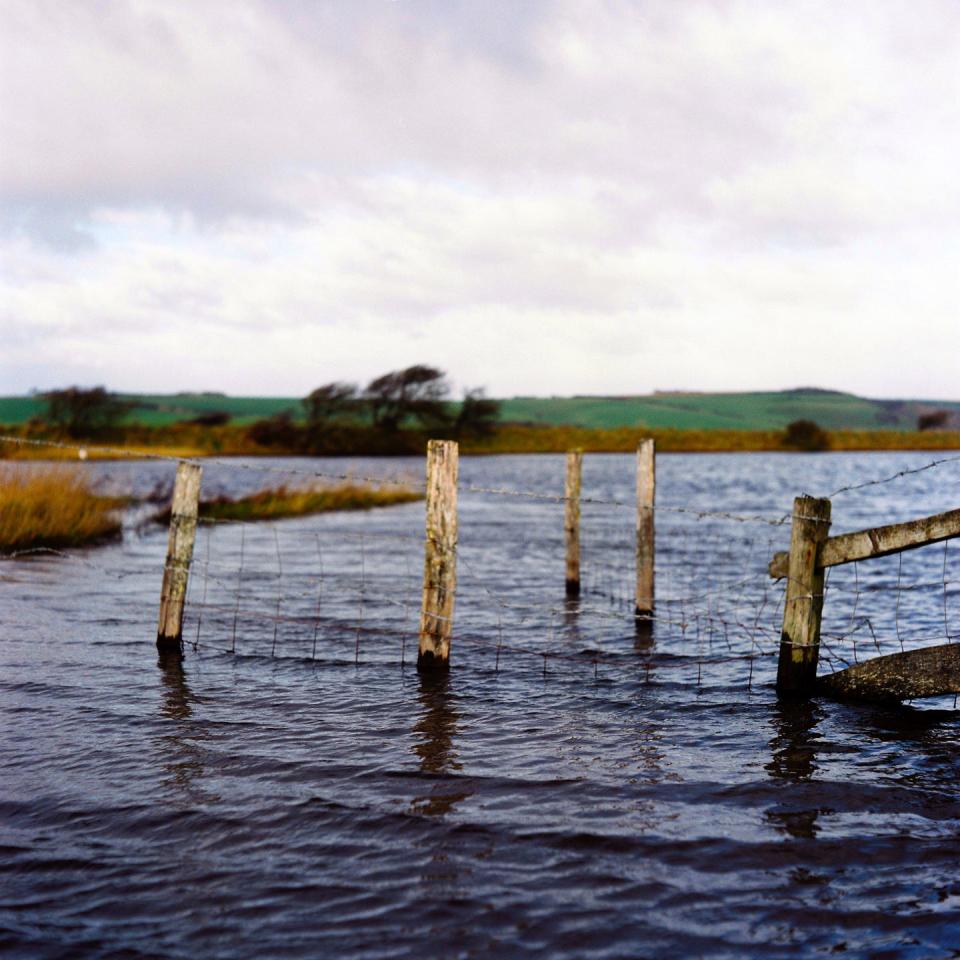Why is the UK flooding? And is flooding in England getting worse?

Recent heavy rainfall has resulted in significant river and surface water flooding across central England.
On Thursday 26th September, the Environment Agency issued 27 flood warnings and 73 flood alerts showing flooding is possible. Meanwhile, heavy rain and thunderstorms earlier in the week led to around 385 flooded properties in Hertfordshire, Bedfordshire, Kent, and Northhamptonshire.
Days of intense and prolonged rainfall are likely to increase as a result of global warming, but is flooding in England getting worse and how many floods have we experienced in the UK?
Is flooding in England getting worse?
Rainfall has been steadily increasing in the UK over the past years, which has led to more frequent flooding. The latest State of the UK Climate report indicates the UK has become 7% wetter than it used to be, with sea levels also rising by 1.6cm. For example, 2011-2020 was 9% wetter than 1961-1990.
Climate change has also increased the intensity of floods as rising temperatures cause the atmosphere to hold more water vapour.
"We are already seeing the impacts of climate change in the UK and around the world, with rising sea levels and frequent extreme weather likely to see more severe flooding and eroding coastlines," a spokesperson from the Environment Agency tells Country Living.
"In recent years, we have seen the devastating impact that these events can have, which is why protecting people and communities is our top priority."

Why is the UK flooding?
According to a report by Urban Water, the UK is more vulnerable to flooding due to its geography (apart from the land border with the Irish republic, it's surrounded by sea).
"When river water reaches exceptionally high levels, due to prolonged rain or snowmelt periods, there isn't much else we can do but wait until they subside," says the report.
The UK is also flooding because climate change has increased the frequency and intensity of floods, as well as other natural weather-related events (such as extreme heatwaves).

How many floods have happened in the UK?
In recent years, flooding has become more common in the UK. There have been seven notable flooding events since the start of the 21st century, although this figure is likely to rise as the world warms.
Some of the most devasting floods in the UK include:
1. Thames flood of 1928 — The Thames flooded much of central London, with 14 people losing their lives and 4,000 made homeless. The flood occurred following heavy snowfall at Christmas 1927. Deep snow in the Cotswolds began to thaw, with the water in the Thames doubling rapidly.
2. The Lynmouth flood of 1952 — 35 people died as a result of flooding in the small village of Lynmouth in Devon. An intense storm deposited 229 millimetres of rainfall within 24 hours on the evening of August 15th, causing the UK's worst river flood disaster in history.
3. The great flood of 1968 — Deemed as one of the UK's most treacherous flood events, it was caused by heavy rainfall lasting most of two days. A total of eight people lost their lives.

What is being done to reduce flooding?
"We have a strong track record in improving our resilience and preparedness across the country, with more than 374,000 properties better protected since 2015," says the Environmental Agency.
"Looking ahead, we are continuing to deliver the current record investment programme to better protect hundreds of thousands more properties by 2027."
Meanwhile, the Wildlife Trusts is using Natural Flood Management measures to slow the flow of water.
These include restoring ponds and wetlands, enhancing soils so that they can hold more water, planting trees to slow overland flows and aid infiltration, and constructing woody features, like leaky dams, in channels and floodplains to hold back water.
If you are concerned about flooding in your local area, check the government's flood risk checker. You can also sign up for free flood warnings.
You Might Also Like


